Seaweed Sorter App Supports Species Identification for Sorus Collection
Come August and September, many kelp farmers and hatchery managers find themselves walking the coastline at low tide, sometimes even pulling on chest waders and drysuits to get in the water. It’s the time of year when farmers turn into foragers -- searching for reproductive sorus tissue of mature parent kelp to seed the next year’s growth on their farm.
In places such as the Pacific Northwest, where a beachcomber might encounter more than 100 different species of seaweed on a single stretch of coastline, the process of identifying the correct species for commercial cultivation can be overwhelming and oftentimes confusing.
Dr. Patrick Martone, a seaweed biologist at the University of British Columbia, has been teaching seaweed identification for over 15 years. After watching his students struggle through outdated and lengthy identification guides and dichotomous keys, he developed a seaweed identification app called Seaweed Sorter to make this process easier. The app asks the user a series of basic questions about the shape, texture, color, and even smell of the seaweed specimen they have before them, and then based on their answers, narrows it down to one or two species that match the description.
“The problem with [seaweed identification] books is that they presume a bunch of background knowledge and use highly technical language,” says Martone. “You might be asked to look for a characteristic that is very difficult to identify, or use a word you’ve never heard before.” The app, in contrast, was designed to be first and foremost user-friendly to a novice seaweed enthusiast. It avoids scientific jargon and uses common terms such as “bump” or “ripple.” Users can even skip questions they don’t know the answer to, which isn’t possible in a traditional identification manual.
Originally Martone used the app as a learning tool for his students. Now, he gets messages from researchers, aquarium staff, and naturalists from as far away as California who use his digital guide. The app works to identify more than 100 of the most common species in the Pacific Northwest from northern California up to Alaska. As scientists learn more about certain organisms and their relationships to one another, species can sometimes be renamed or reclassified. Through Seaweed Sorter, Martone can reflect the most recent changes in scientific nomenclature for algae by updating the app. This digital flexibility is a major advantage over traditional identification guides that require reprinting to keep the information current.
Dr. Martone sees this app as being helpful to a kelp farmer who is looking to identify certain species for sorus collection, as well as those who are just generally curious to learn more about the marine algae in their area. There are other common species identification apps available like iNaturalist and Seek that rely on community-guided responses to identify species. Martone said these apps can sometimes be useful, but also cautions that by outsourcing the identification process to an expert’s opinion, the user is bypassing the learning process. The Seaweed Sorter app is built to teach the user what questions they might ask themselves in the future to identify that species again. He also cautions that with single-bladed algae, there can often be a big variance in the color, size, and texture of a certain species. One photo may not be able to capture those nuances accurately, and he commonly sees misidentifications for that reason on apps like iNaturalist and Seek.
Identifying the correct species of seaweed in the wild is critical for farmers who are looking to source sorus tissue to seed next year’s crop. An accidental misidentification could put farmers in jeopardy of a permit violation and the incorrect seed source. Martone offered specific guidance for kelp farmers looking to identify Sugar Kelp (Saccharina latissima) in the wild. Commonly farmed Saccharina latissima closely resembles Split Kelp (Hedophyllum nigripes, previously named Saccharina groenlandica). These two species of large, single-bladed algae look similar at first glance and live in fairly similar marine environments. To tell them apart, Dr. Martone suggests taking a closer look at the stipe. Saccharina latissima has a rounded, cylindrical stipe, whereas the cross-section of Hedophyllum nigripes stipes are more rectangular.
Additionally, Saccharina latissima tends to live in sheltered or subtidal environments and often has thinner blades that are slightly lighter in color, with a papery feel. By contrast, Hedophyllum nigripes tends to live in more wave-exposed areas and has a deep olive-brown color with a tougher feel to the blade. However, Martone admits that there are exceptions, and seaweed morphology can really vary by area and region. That’s part of why he finds it helpful to carry the Seaweed Sorter app in his pocket to puzzle through tough identifications in the field.
To download the Seaweed Sorter app, Apple users can click here or Android users can click here.





